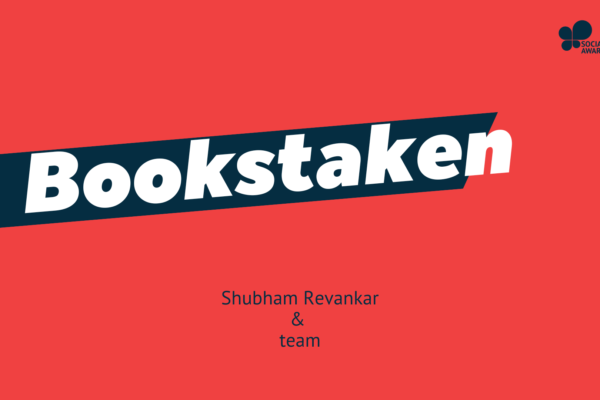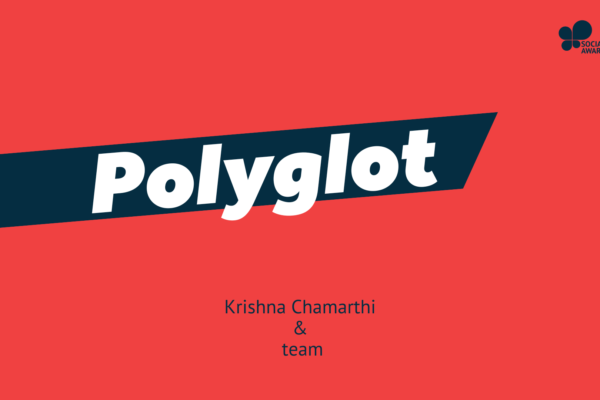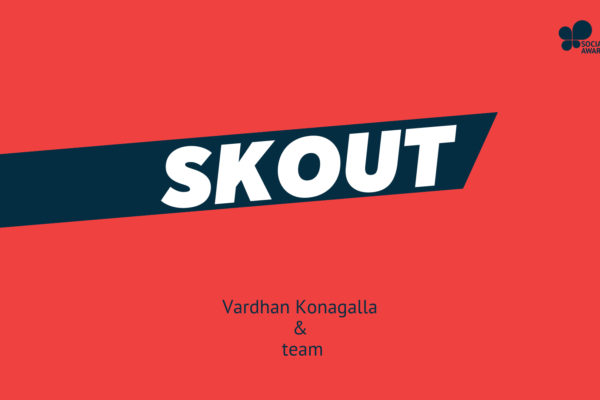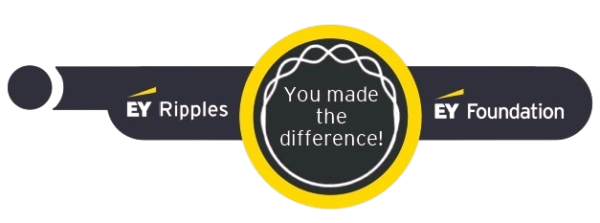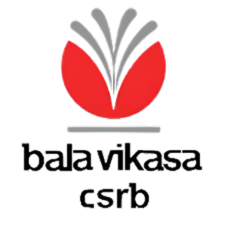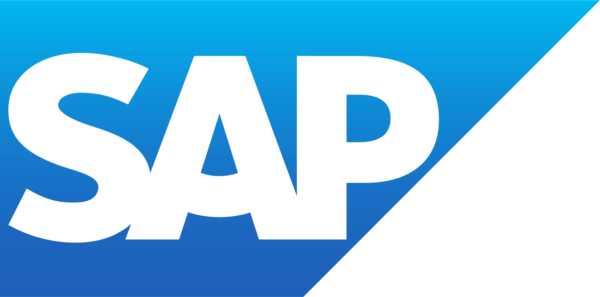Venture
Advanced Rapid Prototyping Method: Revolutionizing Prototype Development
Tackled SDGs
Advanced Rapid Prototyping Method is a modern approach that is changing how prototypes are developed. This method uses plotters and vinyl stickers to provide a more efficient, cost-effective, and precise alternative to traditional prototyping techniques.
What is the Advanced Rapid Prototyping Method?
It involves using plotters to cut vinyl stickers, which are then applied to create detailed prototypes. This technique stands out because it is more affordable and faster compared to conventional methods.
Plotters are machines that cut various materials, including vinyl, into accurate shapes and designs. When paired with vinyl stickers, they make it possible to create high-quality prototypes quickly and without expensive equipment. This approach not only lowers costs but also speeds up the development process.
Key Features and Advantages
- Cost-Effectiveness: The Advanced Rapid Prototyping Method saves money. Traditional prototyping can be pricey due to the costs of materials and machinery. Vinyl stickers and plotters are much cheaper, making this method a more budget-friendly choice.
- Precision and Accuracy: This method is known for its accuracy. Plotters cut designs with great precision, ensuring that prototypes are both functional and visually correct. This detail is crucial for effective testing and development.
- Handling Larger Parts: The Advanced Rapid Prototyping Method can handle larger components efficiently. This flexibility is useful in industries where prototype sizes can vary widely.
- Speed and Efficiency: Plotters automate the cutting process, leading to faster production times. This speed allows for quicker iterations and changes, which is essential in fast-moving development environments.
- Ease of Use: Plotters are user-friendly, and applying vinyl stickers is a straightforward process. This simplicity means that the method can be used in various settings, from industrial environments to educational projects.
- Reduced Material Waste: The use of vinyl stickers with high precision minimizes material waste. This not only makes the process more environmentally friendly but also reduces overall production costs.
Applications of the Advanced Rapid Prototyping Method
The Advanced Rapid Prototyping Method is versatile and can be used in various fields:
- Product Design and Development: This method is very helpful in product design, where rapid changes and testing of prototypes are often needed. Designers can quickly create and adjust prototypes, speeding up the development cycle.
- Educational Settings: Its affordability and ease of use make it ideal for educational purposes. Students and teachers can use this method to create prototypes for projects and learning activities without high costs.
- Prototype Testing: The ability to quickly produce and modify prototypes is important for thorough testing. The Advanced Rapid Prototyping Method supports detailed evaluation and refinement, ensuring prototypes meet required specifications.
- Custom and Specialized Projects: This method is also suitable for custom projects that need unique prototypes. Whether for specialized industrial needs or custom applications, the flexibility of this approach is beneficial.
Impact and Future Potential
The Advanced Rapid Prototyping Method is not just a technological improvement but also a step towards more efficient and sustainable prototype development. Its impact includes:
- Sustainability: By reducing material waste and lowering costs, this method supports environmentally friendly practices and helps make the development process more sustainable.
- Innovation: The speed and efficiency of this method encourage innovation by allowing rapid experimentation and adjustments. This fosters the development of new technologies and solutions.
- Accessibility: The Advanced Rapid Prototyping Method makes advanced prototyping technology more accessible. Its low cost and ease of use make it available to a wide range of users, from small startups to educational institutions.
